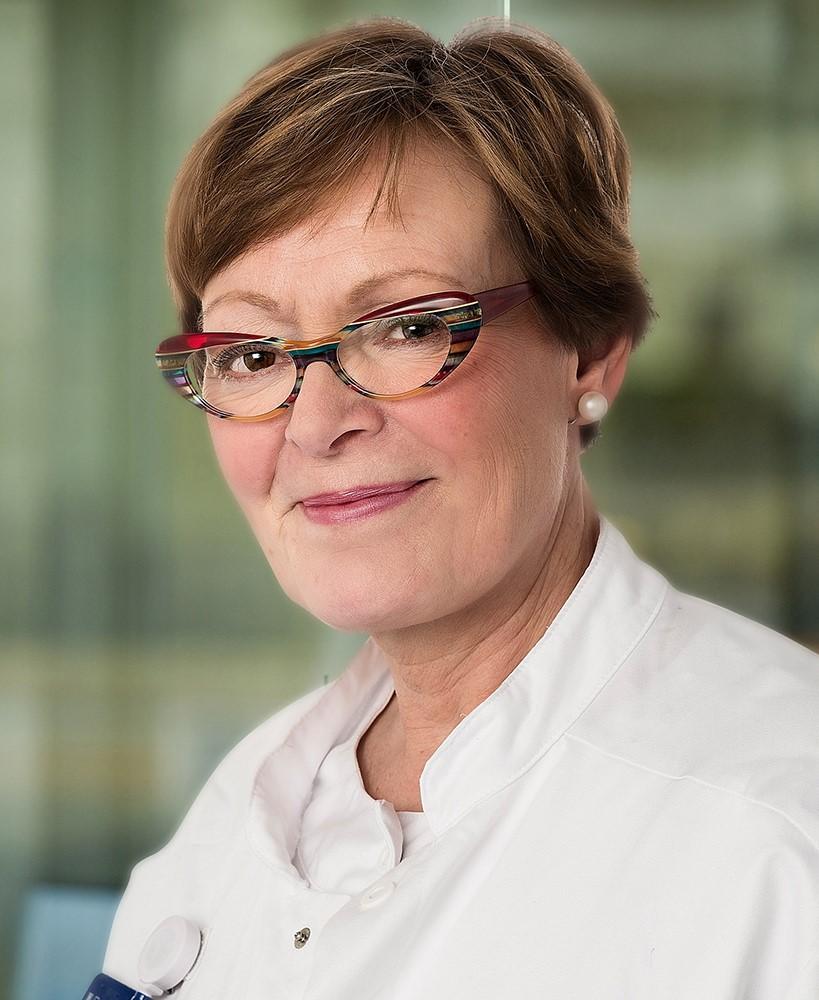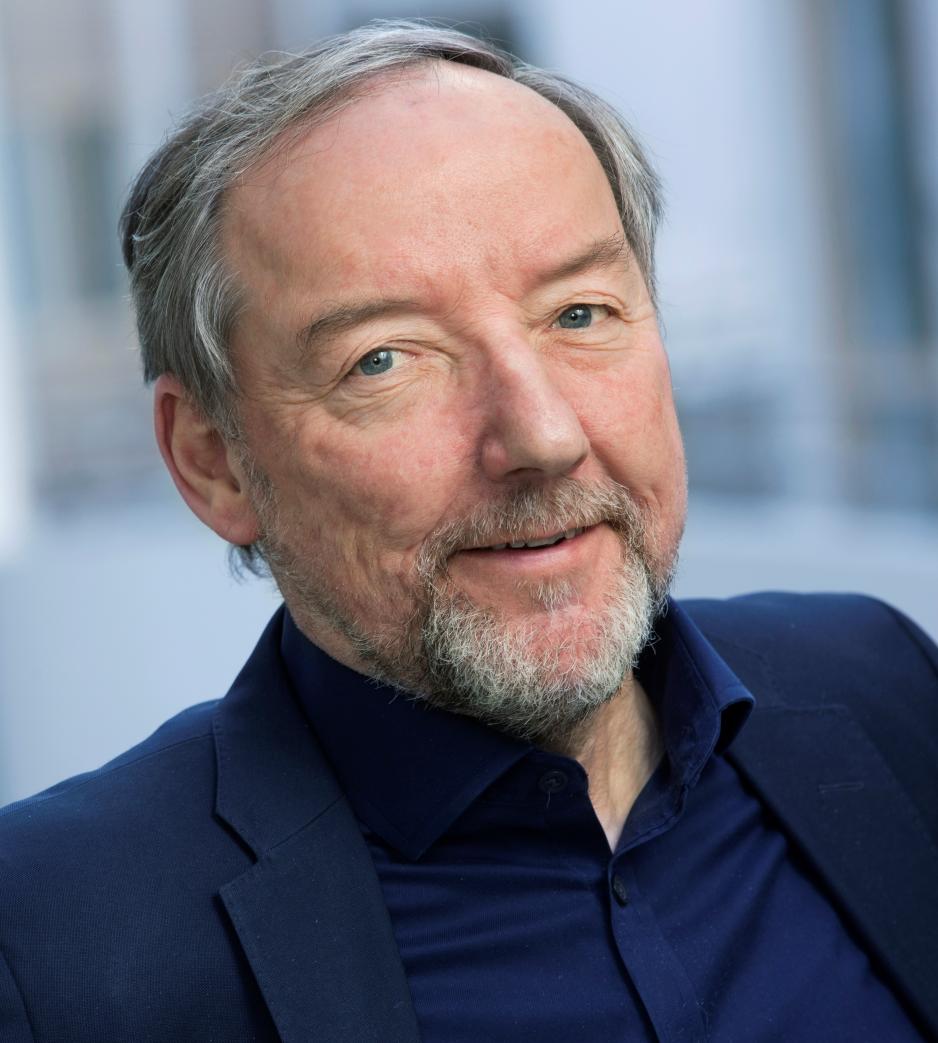Centres of Excellence should be front-runners in gender balance and diversity
While Norwegian Centres of Excellence are at the cutting edge of research, they are low on gender balance. Many believe the centres should be role models in gender balance and diversity.

The Centres of Excellence (SFF) scheme was established in 2004 to generate more targeted Norwegian research. New centres are established on a regular basis, and the fifth round of funding is soon under way.
From the outset, the SFF funding rounds have been characterised by insufficient gender balance in the centre leadership. The proportion of women centre directors was zero in the first round before rising to 7 per cent in 2007 and 20 per cent in 2013. In the fourth funding round, in 2017, the proportion fell back to 10 per cent.
As a result of changes introduced over time, 6 out of 23 Centres of Excellence are now led by women.
Earlier this year, the centres received high marks in an international evaluation of Norway’s SFF scheme for the centres’ role in enhancing the quality of Norwegian research. The evaluation report also stated that the SFF centres could become role models for increased diversity in future. The evaluation was set in motion by the Research Council of Norway on commission from the Ministry of Education and Research.
“The Norwegian SFF centres have been a major success, so we have been very cautious about proposing changes. But we believe it has been documented that diversity and inclusion can lead to even better performance,” Professor Liselotte Højgaard of the University of Copenhagen writes in an email.
Centres of Excellence as last bastion
Højgaard chaired the international Evaluation Committee. In her view, the lack of gender balance in centre leadership in Norway is not more negative than other countries when viewed in an international context. Throughout Europe, she points out, women lead relatively few research centres at a level comparable to the Norwegian SFF centres. She views the challenge in a historical perspective.
“First it was a matter of letting women into universities. Then into research. After that we could become professors and then, as the final step, SFF centre directors. It has taken more than 100 years, and Norway for the most part is like all other countries,” Højgaard says.
She is a former Chair of the Board of the Danish National Research Foundation, which administers allocations for Denmark’s equivalent of the Norwegian SFF scheme. In addition to gender balance, Højgaard is concerned about the need for age diversity and promoting young talent.
In the report, the Evaluation Committee did not propose specific measures to increase diversity. The Research Council of Norway, which is responsible for the SFF scheme, will not be introducing new diversity measures in direct response to the evaluation.
There may nonetheless be major changes in the upcoming funding round for new SFF centres, with an application deadline in November 2020 and funding to be awarded next year. The Research Council announced in January that universities applying for five or more centres will be expected to propose a minimum of 40 per cent women centre directors. Kifinfo has previously reported on reactions to this requirement (article in Norwegian only).
“Role models no matter what”

Jesper Simonsen, an Executive Director of the Research Council, says the new evaluation is partly a commentary on changes already announced by the Research Council earlier this year. Adding further measures to the upcoming funding round would be problematic, he says, since only a few months remain before the application deadline.
The evaluation report says that the SFF centres can become future role models for increased diversity in Norwegian research. What is your view on that?
“The SFF centres have a widespread signal effect. They are role models no matter what. That is why it was a crisis when the proportion of women centre directors was so low. If we now manage to reach 40 percent, it will be higher than for other research at that level,” says Simonsen.
Which centres are granted the coveted SFF status is determined in a two-phase process.
“We are dependent on the applications we receive. Moderate gender quotas will be applied in both rounds of the selection process, rather than just the final round as before. Quotas will be employed if there is a toss-up between two centres,” says Simonsen.
A significant part of the challenge, he notes, is a skewed gender balance among senior researchers and professors in science and technology fields. The disciplines from which SFF centres recruit have a significant effect on the gender balance among centre directors as a group.
The Research Council believes that centre directorships are the key to the challenge.
Sub-reports submitted to the Evaluation Committee by the Nordic Institute for Studies in Innovation, Research and Education (NIFU) show that the proportion of women in SFF centres is comparable – when centre management is excluded – to that found in other Norwegian research circles.
Could do more for diversity
Siri Brorstad Borlaug is a NIFU researcher who served as project leader for one of the NIFU reports drawn up in connection with the international SFF evaluation.

Among those whom she and her colleagues interviewed were managers at various levels of Norwegian universities that host SFF centres. Several interviewees said the SFF centres can do more to encourage systematic improvement of gender balance and improved conditions for younger researchers.
“The interviewees see the SFF centres as being beacons in several areas. Among other things, SFF research activity is high and the centres are good models for other research groups and environments. As a result, they should also be able to be set an example in regard to gender and younger researchers, as suggested in some of the interviews,” says Borlaug.
Because of their long-term funding, SFF centres may have more opportunity than other research environments to innovate in this area. According to Borlaug, some interviewees also urged the Research Council to evaluate what the SFF centres are doing to improve.
Must develop young researchers
Siri Eldevik Håberg, Deputy Director of the Centre for Fertility and Health, a Norwegian Centre of Excellence, told Kifinfo earlier this year that the big challenge is strengthening management experience among younger female researchers who can be the next generation of leaders. Do you agree?
“I think she’s absolutely right. The prerequisite for becoming an SFF centre director is having advanced as a researcher and having had opportunities over time. We are sending the message that institutions should invest in women over time,” says Jesper Simonsen.
The SFF evaluation points to a need for diversity in both gender and age. It argues for giving younger researchers a larger role in centre activities. Already, a large proportion of SFF researchers are under the age of 35, according to the NIFU data.
Simonsen says SFF centres are a key to recruiting younger researchers, and the Research Council attaches great importance to SFF recruitment plans.
“When it comes to ethnicity, we think the centres are very good. They recruit many researchers with a wide array of nationalities. What we have not done so well on is representing the ethnic diversity of Norwegian society,” says Simonsen.
Translated by Walter Gibbs and Darren McKellep.
Norwegian Centres of Excellence (SFF centres) are research groups that receive long-term financial support from the Research Council of Norway. SFF centres may receive support for up to 10 years.
The Norwegian SFF scheme is similar in many ways to corresponding initiatives promoting excellent research in other countries.
The SFF scheme was evaluated earlier this year by an international scientific committee that described the scheme as a success for Norwegian research.
There are currently 23 SFF centres in operation. A new call for proposals with an application deadline this year will lead to a new round of funding awards in 2021.
Gender balance is poor at the centre leadership level. In 2018, 17 centre directors were men and 6 were women. The Research Council has announced measures to increase the proportion of women centre directors.
According to the Evaluation Committee’s report, women comprise 37 per cent of the senior researchers at the SFF centres, 41 per cent of the postdoctoral fellows, and 45 per cent of the doctoral students.
Read the evaluation: Evaluation of the Norwegian Centres of Excellence (SFF) Funding Scheme. Report from the evaluation committee (2020)
Read the two sub-reports at NIFU.


